If you've ever struggled with your grip giving out during heavy deadlifts, it's time to consider mastering the hook grip deadlift. This powerful grip technique—popular among Olympic weightlifters and increasingly adopted by powerlifters and strength athletes—offers a more secure way to hold the barbell without the risks associated with mixed grip. In this article, you'll learn what the hook grip is, why it's effective, and how to implement it into your deadlift training. Whether you're a seasoned lifter or a curious beginner, understanding the hook grip deadlift can be a game-changer for your strength goals.
What is the Hook Grip?
The hook grip is a method of holding the barbell where your thumb is placed under your index and middle fingers. Unlike the double overhand grip, which can often slip at heavy loads, or the mixed grip, which can create muscle imbalances and increase the risk of bicep tears, the hook grip offers a symmetrical and secure alternative.
To form the hook grip:
- Place your hands on the barbell in a double overhand position.
- Wrap your thumb around the bar first.
- Then, wrap your index and middle fingers over your thumb, effectively "hooking" it in place.
At first, the hook grip can feel awkward or even painful, especially on the thumb, but with time and practice, it becomes manageable and effective.
Benefits of Using Hook Grip in Deadlifts
Why choose the hook grip over other styles? Here are the top benefits:
- Increased Bar Security: The thumb-locked grip drastically reduces the risk of the bar slipping from your hands during heavy lifts.
- Balanced Posture: Unlike the mixed grip, which can rotate your shoulders unevenly, the hook grip promotes better symmetry and reduces the risk of muscular imbalances.
- Reduced Injury Risk: The hook grip eliminates the supinated arm position found in mixed grip, lowering the chance of bicep tendon tears.
- Transferable Skill: It mirrors the grip used in Olympic lifts like the snatch and clean & jerk, offering better carryover if you engage in multiple lifting disciplines.
Hook Grip vs. Mixed Grip: Which Is Better?
Mixed grip involves one hand in an overhand grip and the other in an underhand grip. While it's effective in preventing the bar from rolling, it comes with drawbacks:
- Increased risk of bicep strain on the supinated side.
- Potential for uneven development due to asymmetrical loading.
- Higher likelihood of spinal rotation during the lift.
In contrast, the hook grip keeps both arms in a neutral, overhand position, promoting spinal alignment and reducing injury risks. For serious strength athletes, especially those training frequently and with heavy loads, the hook grip is often the safer long-term choice.
Step-by-Step Guide: How to Perform a Hook Grip Deadlift
- Set Your Stance: Approach the bar with your feet shoulder-width apart. Position the bar over your midfoot.
- Grip the Bar: Bend at the hips and knees, reach down, and grab the bar with both hands in an overhand position.
- Hook the Thumb: Place your thumb around the bar and then wrap your index and middle fingers over your thumb. Press down firmly to lock it in place.
- Brace and Pull: Engage your lats, brace your core, and drive through your legs. Keep the bar close to your shins and thighs throughout the lift.
- Lockout: Stand tall at the top of the lift, locking out your hips and knees.
- Control the Descent: Lower the bar in a controlled manner to protect your back and improve grip endurance.
Troubleshooting Hook Grip Deadlift Issues
Handling Hand Pain and Calluses
One of the most common challenges of the hook grip deadlift is hand pain and calluses. Because the hook grip requires you to wrap your fingers tightly around the bar and press your thumbs down, it can put a lot of pressure on your hands, especially if you're not used to it. To minimize hand pain and calluses, start by using a pair of lifting straps or gloves to protect your hands. You can also try applying a callus remover or moisturizer to your hands after each workout to keep them soft and smooth.
Building Grip Strength
If you're struggling with grip strength, there are several exercises you can do to improve your grip. Some effective grip-strengthening exercises include wrist curls, farmer's walks, and dead hangs. You can also incorporate grip-specific training into your regular workout routine, such as using grip trainers or performing weighted carries.
Tips to Master the Hook Grip Deadlift
- Start Light: Train your grip tolerance with lighter weights and build up slowly.
- Use Chalk Religiously: Especially if you have sweaty palms.
- Warm Up with Hook Grip: Use it on every set, even if it's just the bar.
- Strengthen Your Grip: Add farmer's carries, dead hangs, and thick bar holds to your training.
- Stay Consistent: The more you use it, the quicker you'll adapt.
Common Mistakes to Avoid
- Incorrect Thumb Position: Don't wrap your fingers too close to the thumb joint; aim for the pad instead.
- Ignoring Discomfort: Pushing through severe pain can cause injury.
- Switching Back Too Soon: Stick with it to build tolerance rather than reverting to mixed grip when it gets tough.
- Overgripping the Bar: Excessive squeeze can fatigue your hands prematurely.
Should You Use Hook Grip for All Deadlift Sets?
Not necessarily. Many lifters use hook grip for top sets and chalk or straps for volume work. This strategy helps:
- Maintain thumb health
- Prevent overuse injuries
- Balance grip development
That said, if you're prepping for a competition that prohibits straps, it's a good idea to use hook grip as often as possible.
Conclusion
The hook grip deadlift is more than just a novel technique—it's a game-changer for lifters looking to maximize performance while minimizing risk. Although it requires an adaptation period, the benefits far outweigh the initial discomfort. With a more secure grip, better body alignment, and reduced injury risk, the hook grip can elevate your deadlifting game.
So next time you approach the bar, ditch the mixed grip and give the hook grip a real shot. Your thumbs may complain at first—but your lifts will thank you later.




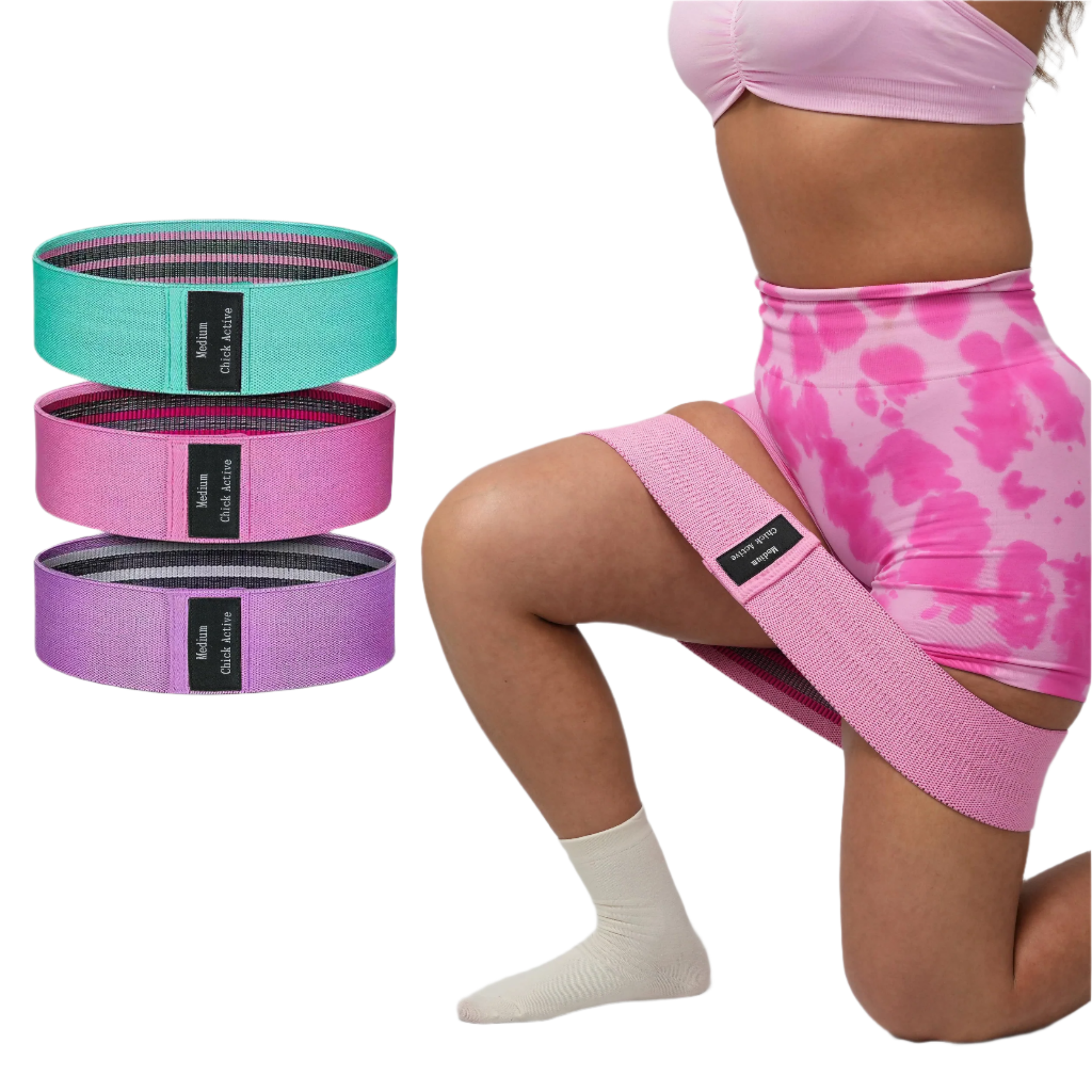
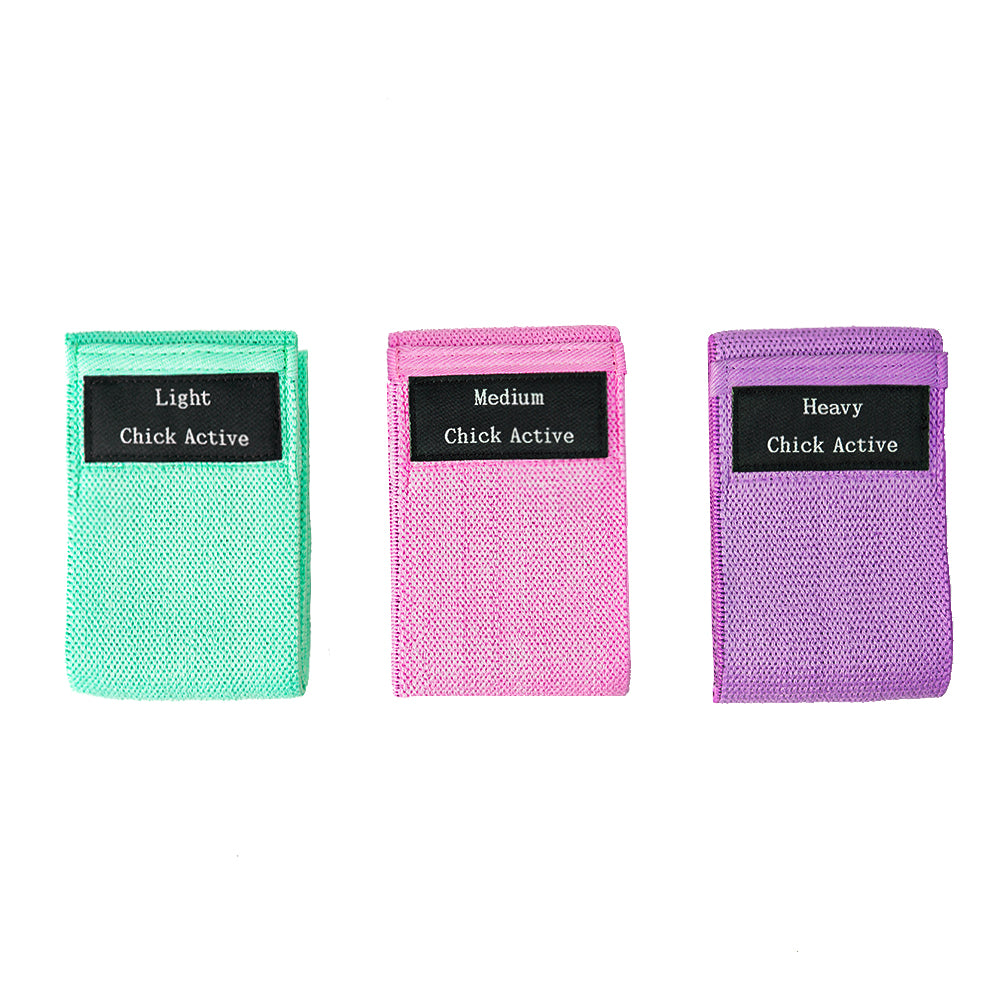
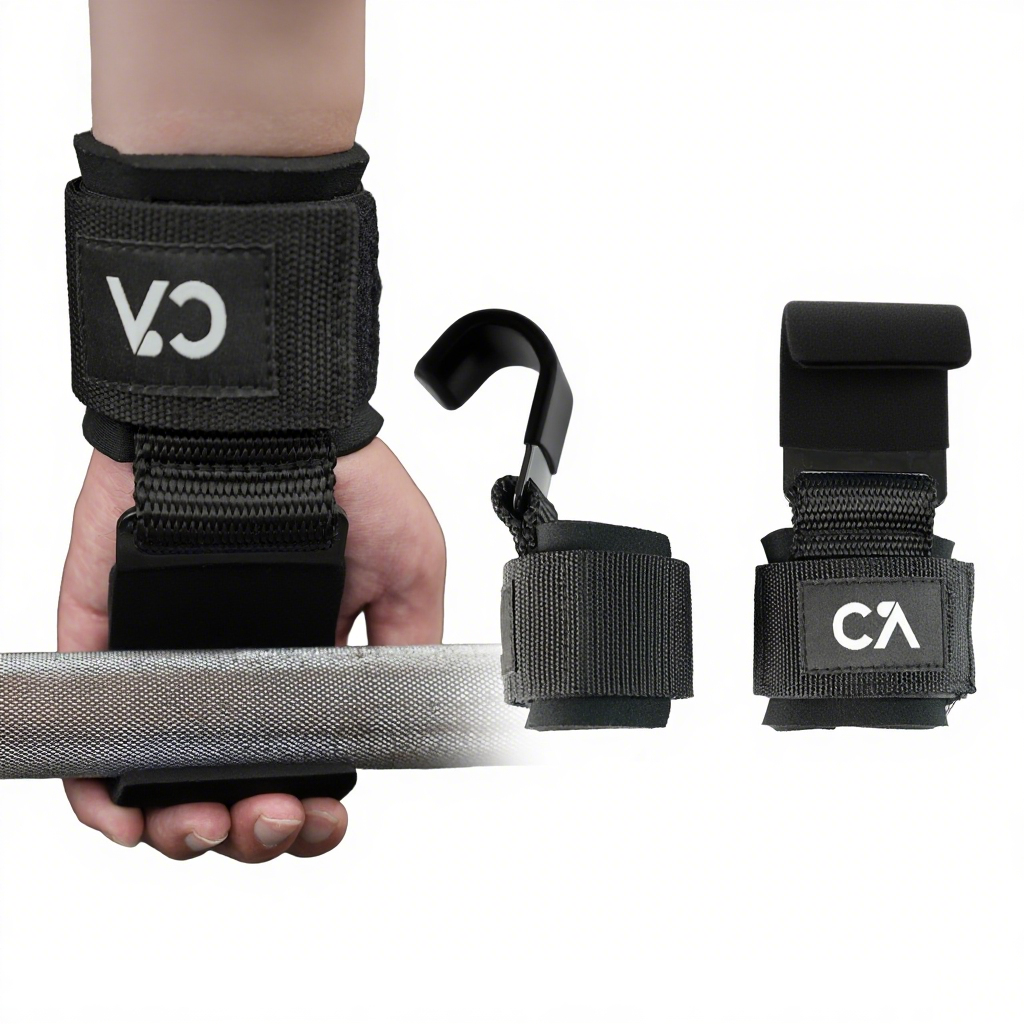
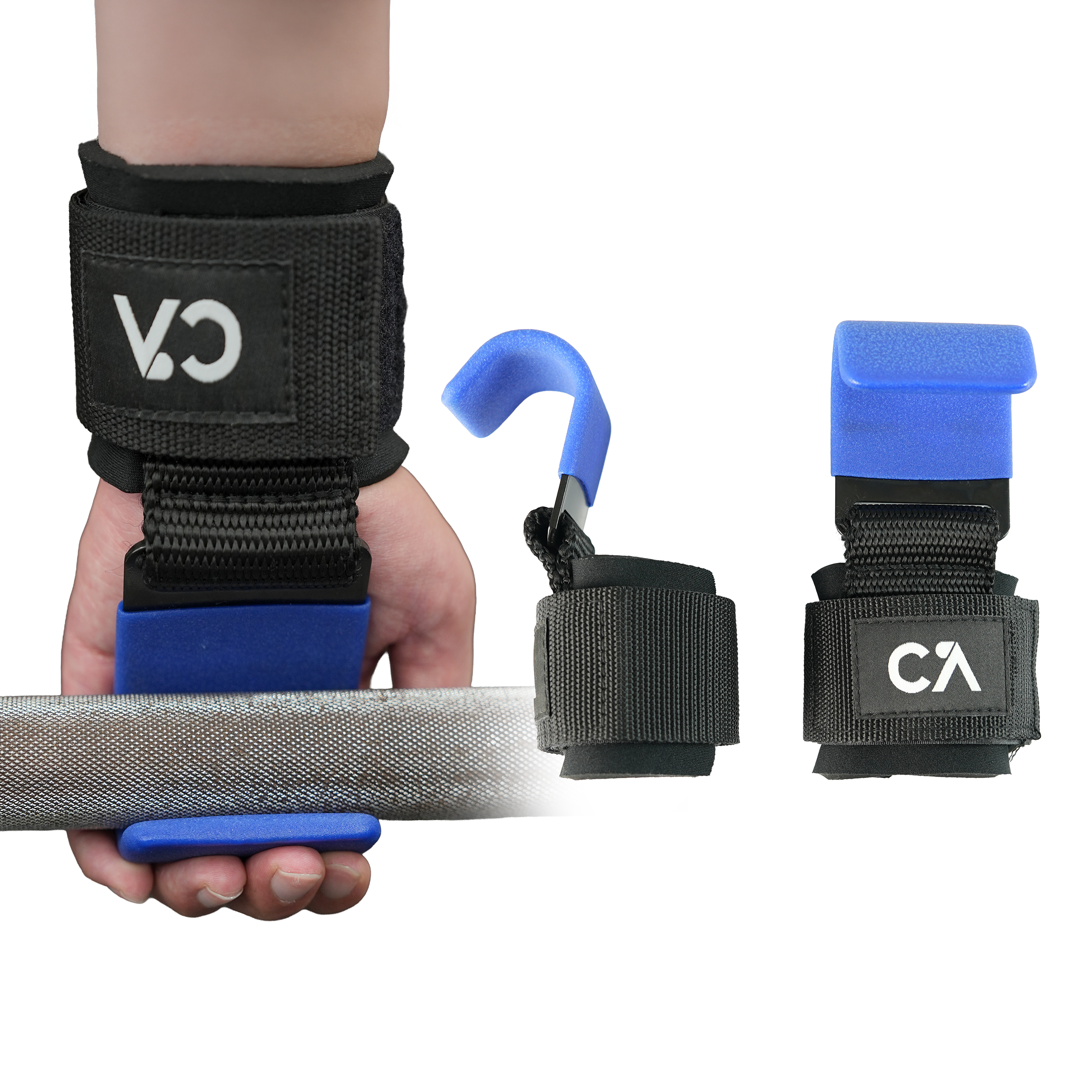
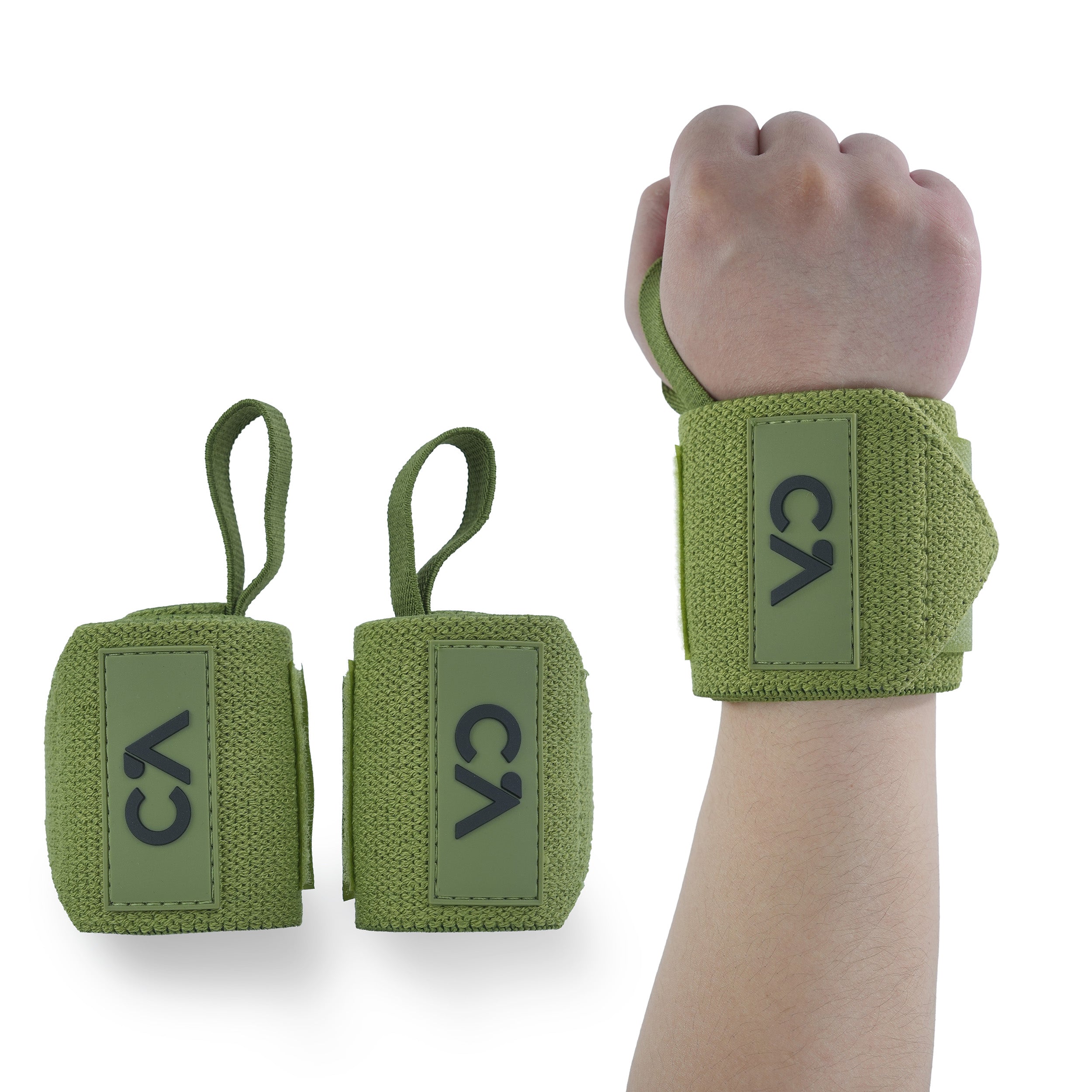
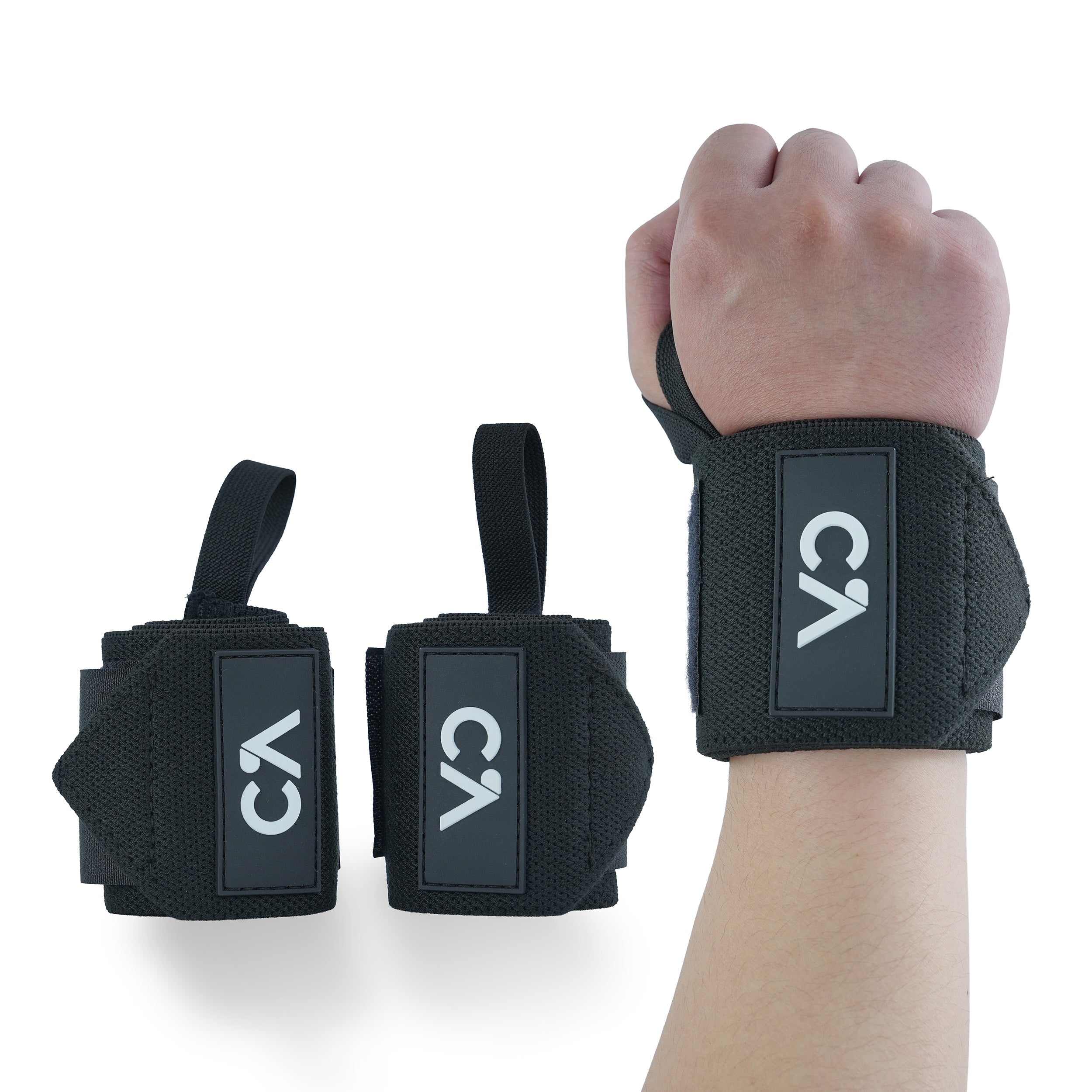
Leave a comment
All comments are moderated before being published.
This site is protected by hCaptcha and the hCaptcha Privacy Policy and Terms of Service apply.